
10 Most Difficult Golf Courses in the World
Most golfers don’t want to play a difficult golf course every day, but every once in a while, it’s fun to see how you fare when you try to tackle the game’s most difficult challenges.
But what makes a golf course difficult? In some cases, honestly, it’s a poor design. I played a course once that had a dogleg right par 4 where you couldn’t hit your tee shot more than 125 yards, then the hole took a right turn for a 200-yard approach to an island green. No thanks.
Most really good hard courses in the world, however, bring in a variety of elements. Length is usually part of the equation, but trees, rough, high fescue, gorse, uneven lies, and usually some sort of adverse weather (usually high winds) are a course’s best defenses.
For this story, we’ve identified 10 of the most difficult golf courses in the world. Many of them have staged major championships. All of them have high course and slope ratings. Let’s take a look:
Bethpage State Park, Black Course, Farmingdale, N.Y.
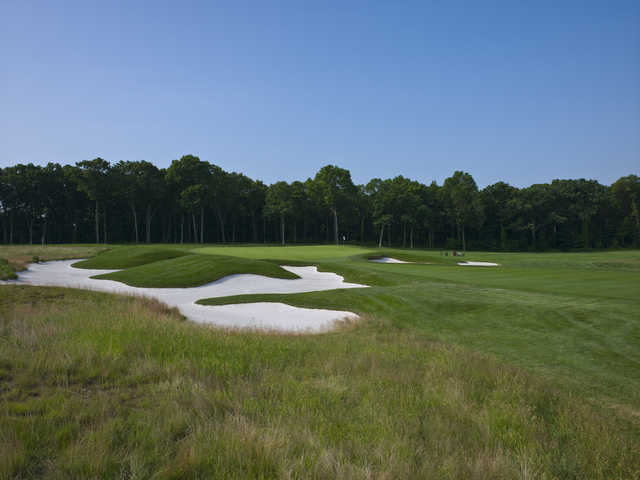
The sign in front of the Black Course at Bethpage State Park in New York tells it all. It reads: “Warning. The Black Course is an extremely difficult course which we recommend only for highly skilled golfers.”
Yep, it’s that tough, and the length of 7,500 yards on this par 71 is only a small part of the story. Originally designed by A.W. Tillinghast (1936) and updated more recently a couple of times by Rees Jones, this muni has a ferocious bite. Located on Long Island, the Black has staged PGA Tour events, a PGA Championship, and two U.S. Opens. At the first U.S. Open in 2002, Tiger Woods was the only player to break par. Play it from the back or even one up and you have some incredibly long carries to get to the fairways. The bunkers are gigantic, the rough is brutal, the fairways are narrow, and the greens are really difficult. Even if you’re a single digit handicap, expect to make quite a few doubles or worse.
Jade Dragon Snow Mountain Golf Club, Lijiang, China
The longest golf course in the world at 8,548 yards (if you don’t count Australia’s ridiculous Nullarbor Links with its scattering of holes that stretches out to around 850 miles long), Jade Dragon Snow Mountain has to be among the world’s hardest. Located in the Himalaya Mountains of China, it’s also among the world’s highest golf courses at more than 10,000 feet of elevation.
Designed by Robin Nelson and Neil Haworth, the course actually sits in a valley, looking up to Jade Dragon Snow Mountain, which is 18,360 feet high. The air is so thin up there that oxygen is actually provided in the golf carts for players, which certainly adds to the challenge. The longest hole is the 711-yard, par-5 fifth.
Dye Course at French Lick (Ind.) Resort

The Dye Course at French Lick is a beauty and a beast. It’s incredibly gorgeous, especially on the mornings where it seems to be playing above a cloud due to low fog. And it’s very long from the tips, more than 8,100 yards (rating/slope of 80.5/151). But no matter what tees you play, it’s still really difficult.
The reason is because you not only have to find fairways but hold them as well. That means you need to work the ball into the slopes of the fairways, so they don’t run into the thick rough. Then the approaches to small, well-protected greens, which have plenty of undulation, require a lot of skill. This is not a course for any beginner really. You can expect to shoot 5 to 10 strokes or more above your handicap here. Don’t believe me? In the 2015 Senior PGA Championship, with the course set at just over 7,000 yards, a dozen players failed to break 80 during one of their rounds. And those guys are pretty good.
TPC Sawgrass PLAYERS Stadium Course, Ponte Vedra, Fla.
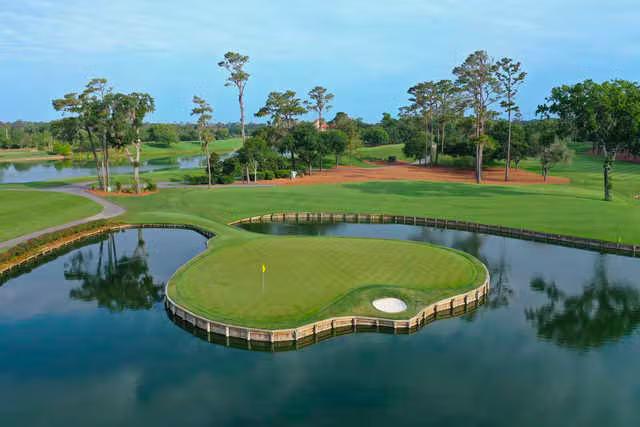
This is the home course for the PGA Tour players, and, of course, the site of their championship, so you’d expect it to be extremely difficult. And it is. To succeed there, you need length, the ability to carry the ball over water a lot, work the ball both ways, and accuracy. No hole exemplifies the last point more than the famous island green 17th, a hole on which the very best in the world can make high numbers, especially when the wind is blowing. And the par-4 18th remains one of golf’s most difficult finishing holes with water all down the left side and trees on the right.
There are some holes where you can score, however, just not many. The par-5 16th is one of them, but even on that hole, there’s water all down the right side on the approach, but it is getable. This is also a course where if you move a tee up from where you normally play, you’ll have more success. That’s not always the case for the other courses on this list
Carnoustie Golf Links, Dundee, Scotland
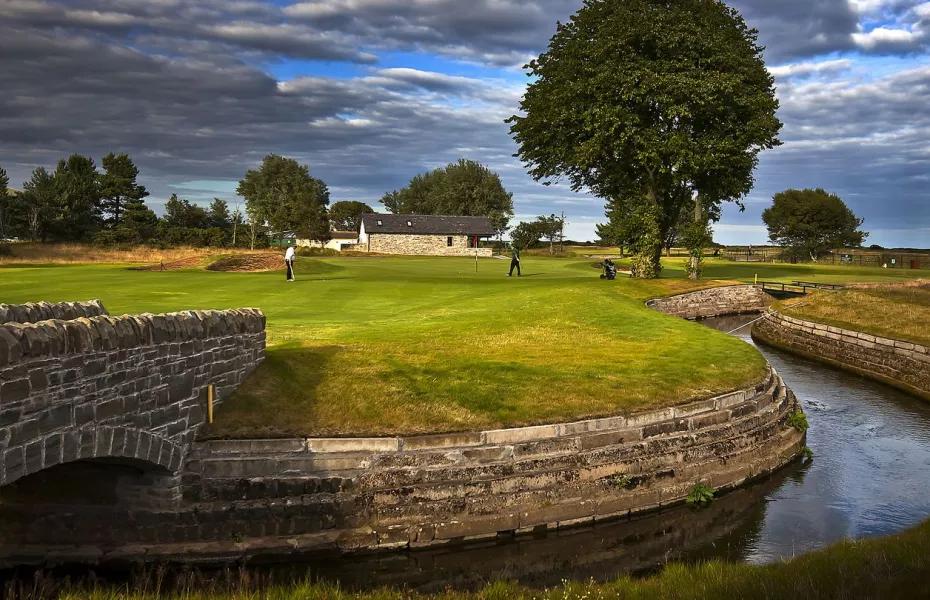
How difficult is Carnousti Golf Links? Just ask Frenchman Jean van de Velde, who had a three-shot lead going into the final hole of the 1999 Open and made a triple bogey. Van de Velde actually had to get up and down out of a bunker on the 18th to get into a three-man playoff, which Paul Lawrie (Justin Leonard was the other player) won. Laurie actually made up 10 strokes in the final round.
As for the course, which has staged The Open eight times, the fairways are narrow, the rough is high, the bunkers are deep and impossible, and there is a constant wind – sometimes a gale – blowing off the North Sea. Oh, and there’s the Barry Burn on the 18th that eventually led to Van de Velde’s demise.
The Dragon at Nakoma, Clio, Calif.
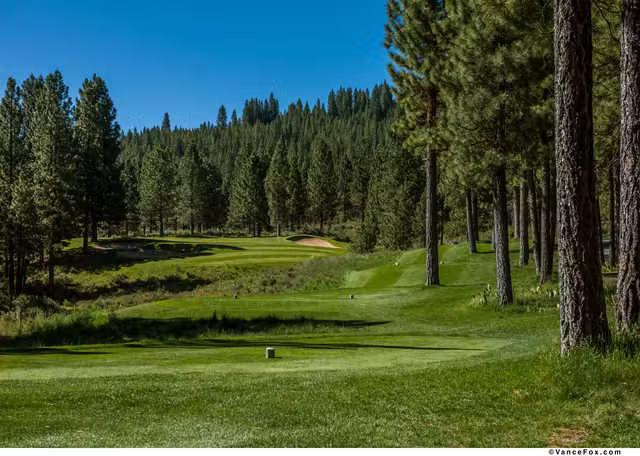
Another Robin Nelson design to make this list is The Dragon at Nakoma Golf Resort & Spa, and believe it or not, it’s not as difficult as it used to be. But it’s still pretty darn hard. A few years ago, the greens were actually softened on this course, which it needed. I can remember hitting what I thought was a perfect shot on the first hole, only to see it run off the green not once, but three times after I tried to get it up and down a couple of times.
But that’s not what makes this incredibly scenic High Sierra golf course so difficult. Its sloping fairways fall off into wooded areas, which means you have to be extremely accurate off the tee. And the approaches really aren’t any easier. Being able to shape your shots here is extremely important, and you need to be a really crisp iron player to find these elevated, well-protected putting surfaces.
Straits Course at Whistling Straits, Kohler, Wisc.

A lot of folks think this Pete Dye masterpiece is a links course because of its fescue and holes by the water, but it’s anything but. You’re not running the ball up on the greens at Whistling Straits, and there are more than 1,000 bunkers (many of them pot bunkers), which are not easy to escape, plus length (this Ryder Cup and PGA Championship course plays 7,800 yards from the tips).
The Straits Course at Whistling Straits is truly one of Dye’s greatest accomplishments, moving more than a million cubic yards of dirt to turn a flat piece of waste land into a magical layout with elevation change, undulating greens, and imaginative holes overlooking Lake Michigan. The course actually looks more intimidating than it really is, but make no mistake, it’s still a difficult test (rating/slope of 77/151). The finishing stretch includes the 249-yard par-3 17th and the 520-yard, par-4 18th, a dogleg left that plays around and over all kinds of trouble.
Royal County Down Championship Links, Newcastle, Northern Ireland

Some call the Championship Links at Royal County Down the best course in the world. It’s certainly one of the most difficult, especially during blustery conditions (which I can attest to when I played it.) There’s heather and gorse, lots of deep bunkers, and domed greens on holes that meander in all directions. On a calm day it’s hard, but throw in a two-club wind, and you’ve got a real challenge.
At least it is links golf, though, which means you can keep the ball low and run it into openings, which is key when playing in the wind. There are some blind shots, too, so a caddie isn’t just a luxury, but a necessity if this is your first time playing it. As for its history, it’s an Old Tom Morris design that opened in the late 1800s. Harry Colt renovated and elevated the course in the 1920s. It’s played host to dozens of Irish professional and amateur opens as well as the Senior Open Championship three times.
The stadium Course at PGA West, La Quinta, Calif.

When a golf course has a hole named “Alcatraz,” you know it’s going to penal, which is the case at the Stadium Course at PGA West, another creation of Mr. Dye. Alcatraz is the par 3, 17th, which has an island green (sound familiar), surrounded by rocks and water. It’s followed by perhaps an even tougher finishing hole. The 18th is a 439-yard par 4 with a tee shot over water and lots more agua down the entire left side of this dogleg left.
As for the rest of the course, there’s very little relief with lots of huge, punishing bunkers (some of them of pot variety), plenty of forced carries, and some difficult greens complexes. Like TPC Sawgrass, however, playing the course up a tee or two is highly recommended and really does make it more manageable.
Book a Tee Time at this course today!
The Ocean Course at Kiawah Island (S.C) Golf Resort
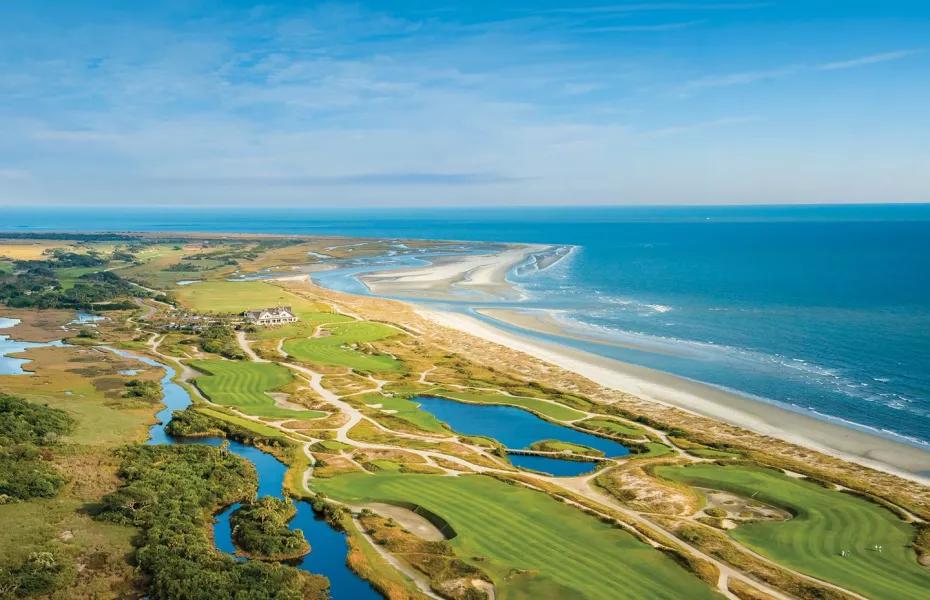
Another Dye design (Alice Dye had a hand in this, too) on our list, The Ocean Course at Kiawah Island was the site of that famous “War by the Shore” Ryder Cup in 1991, when Bernhard Langer missed a six-footer that would have resulted in a draw. The U.S. team’s narrow win really raised Ryder Cup interest to a new level that has continued until today.
What makes this links-like course so tough is the ever-present wind off the Atlantic Ocean, and, of course, Dye’s design, which brings in heavily protected greens, difficult bunkers, and lots of places to lose your golf ball. From the back tees, the course stretches to nearly 7,800 yards, with a slope of 155 and a course rating of 79.1.
Other courses that warrant consideration
I’ve actually played all the courses on this list except for Jade Dragon Snow Mountain, and Carnoustie. The day I was supposed to play Carnoustie, I just wasn’t brave enough to tackle the extreme weather conditions that day.
I bring this up because there are three other courses in the world that could have made this list, but I haven’t played those either. One is Cape Kidnappers in New Zealand, which I’ve been wanting to get to for quite some time. This is one of Tom Doak’s best and most difficult. The Coastal views are incredible, and each hole, I’m told, is super difficult with bunkers, penalty areas, and, of course, plenty of wind.
A couple of other courses to consider are Ile Aux Cerfs Golf Club in Mauritius, and the Palm Course at Saujana Golf Club in Kuala Lumpur, Malaysia.
Mauritius is an island nation in an archipelago more than a thousand miles off the southeastern coast of Africa in the Indian Ocean. It has jungle mangroves, plenty of sand and water, and lots of ocean views.
The Palm Course at Saujana, nicknamed the “Cobra,” was built on a former oil palm plantation. There’s elevation change, jungle surrounding the fairway, and some ravines to carry on a course where the front nine is more difficult than the back. Any course named Cobra has to be lethal, right?
